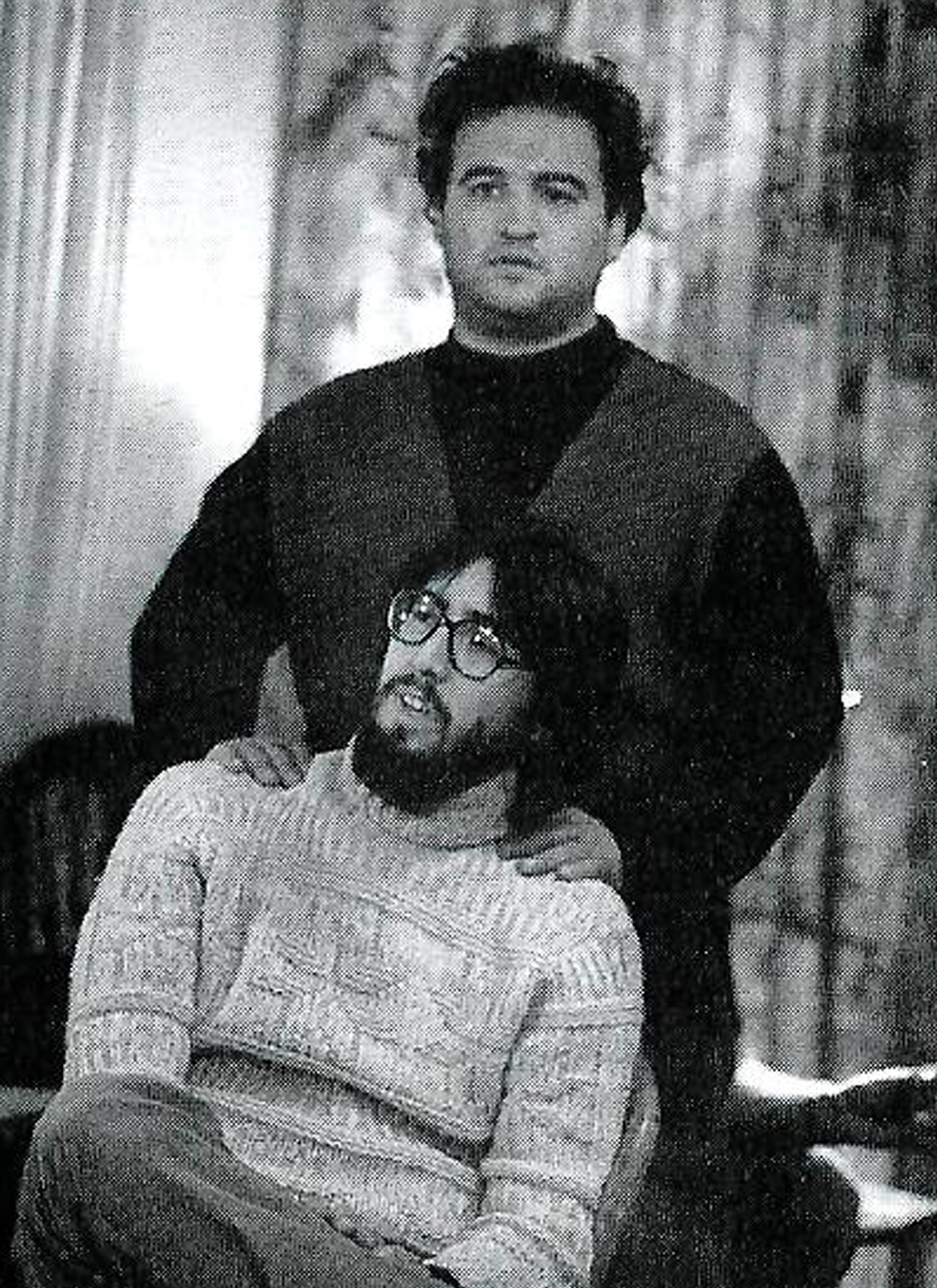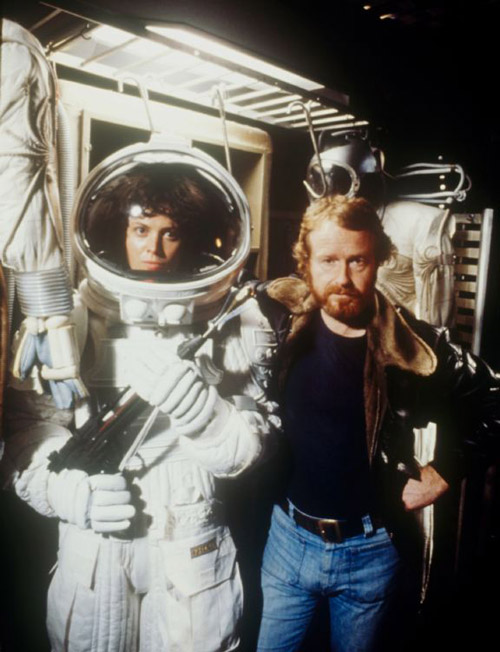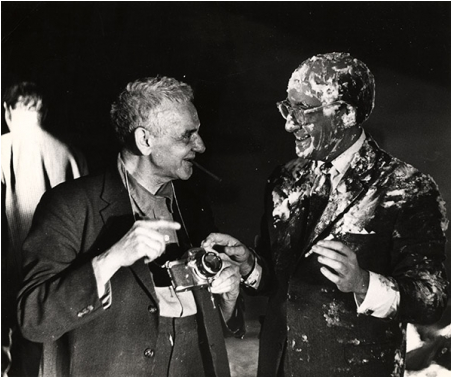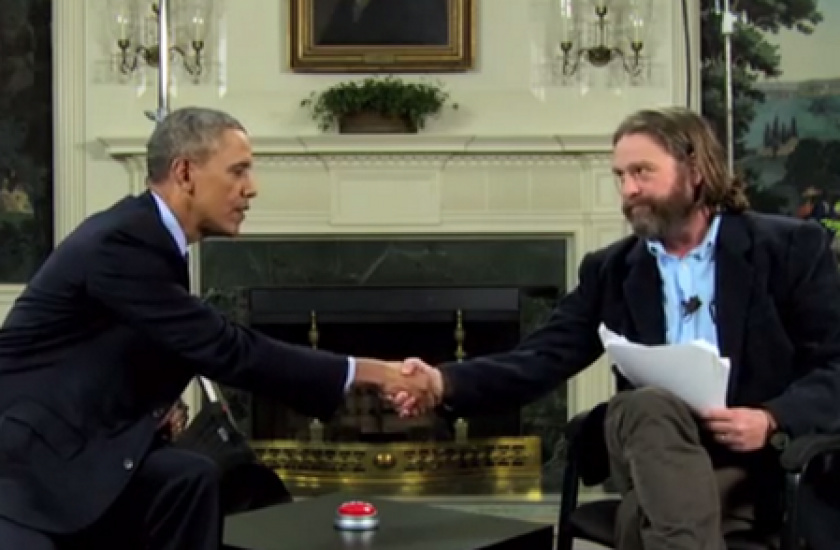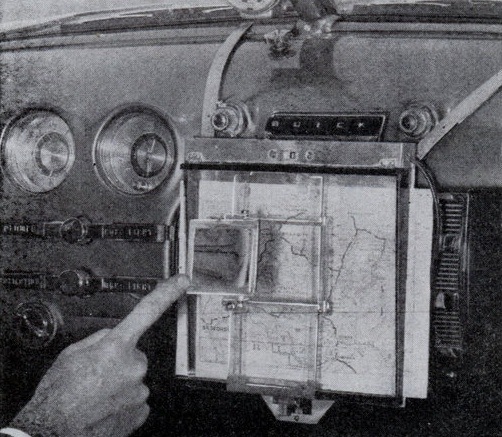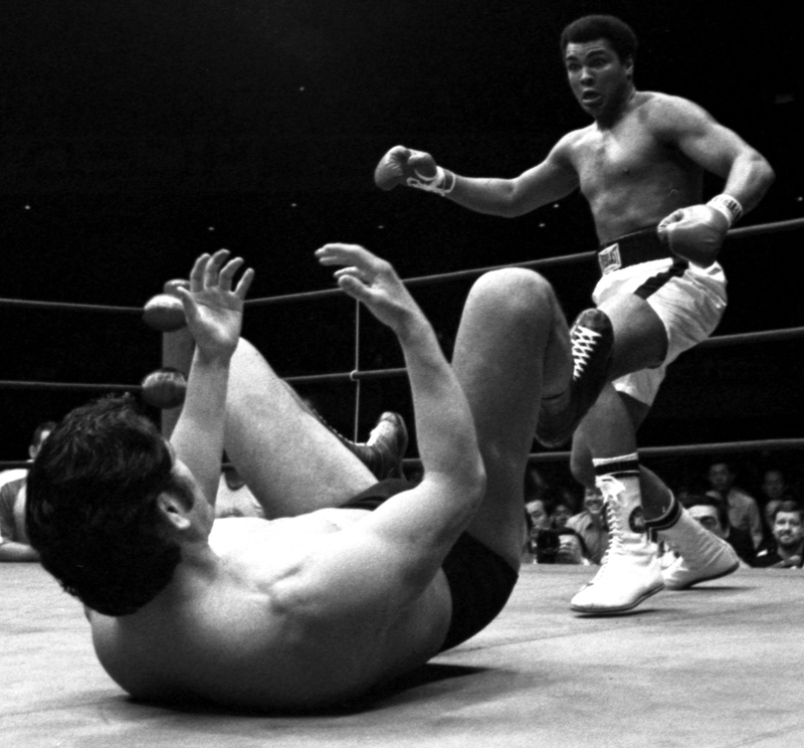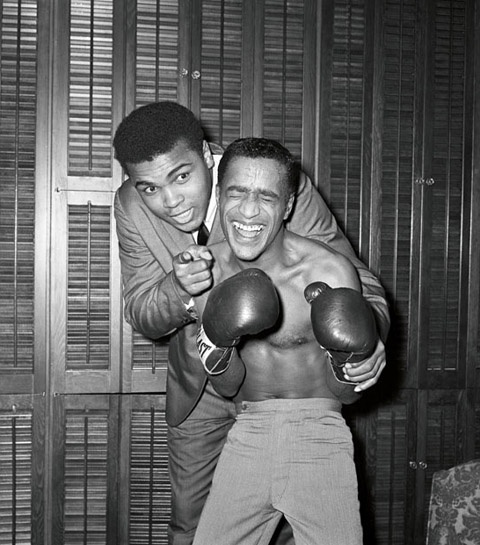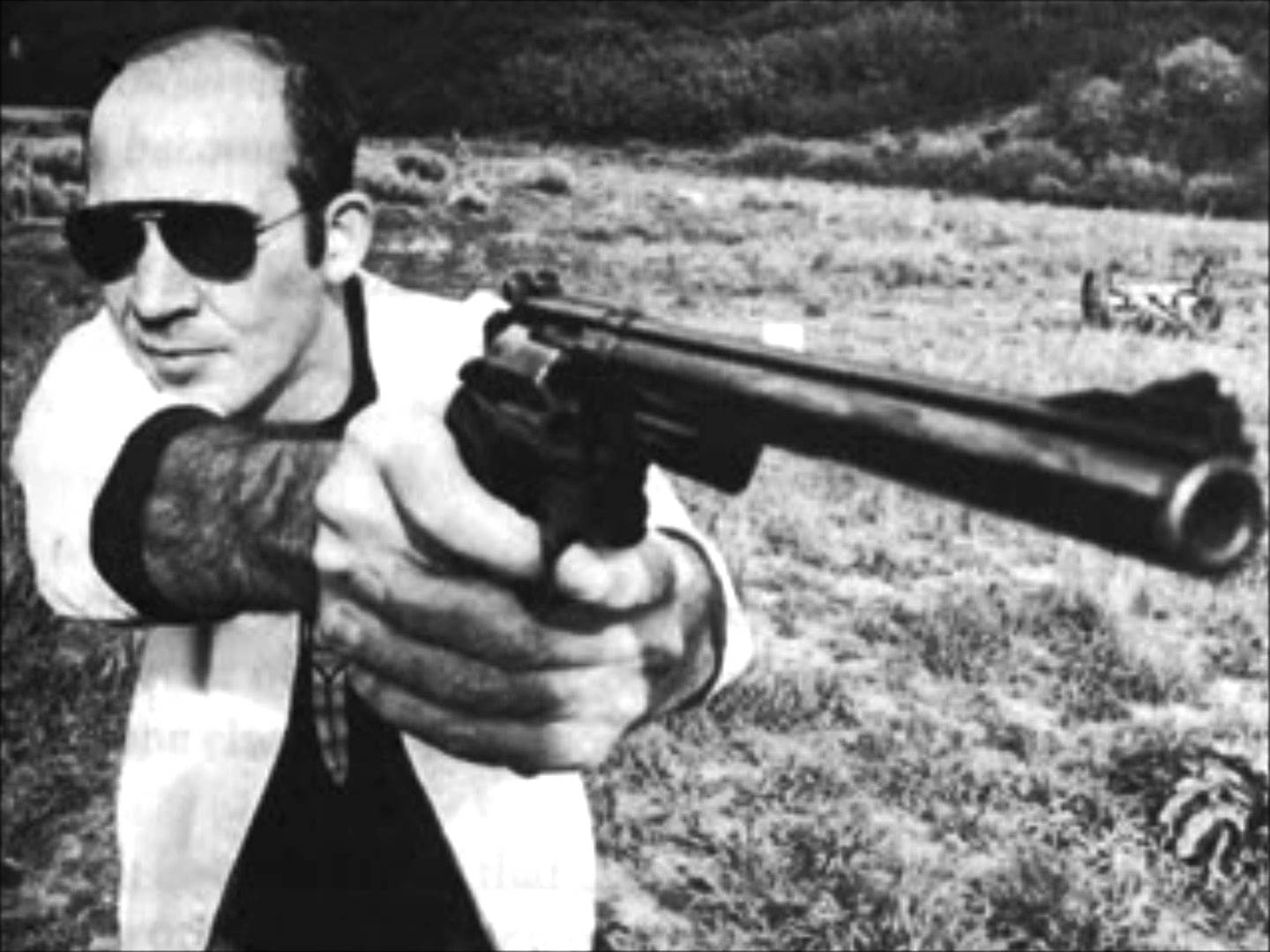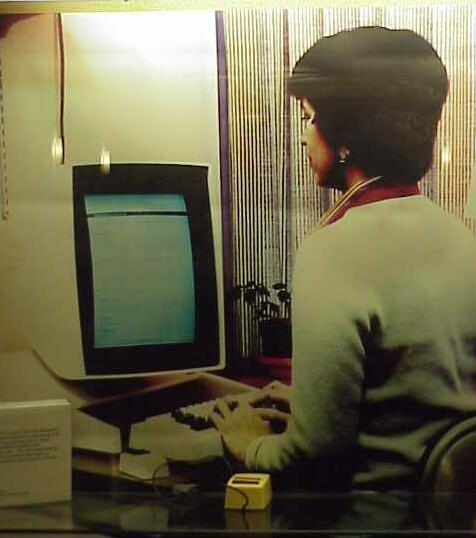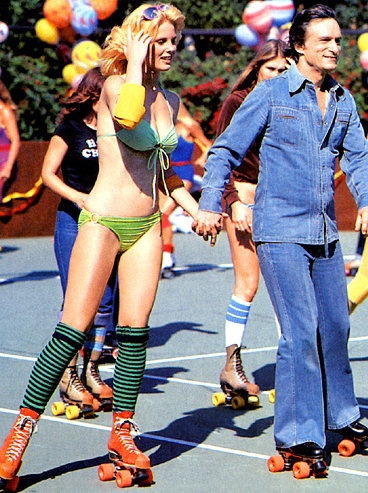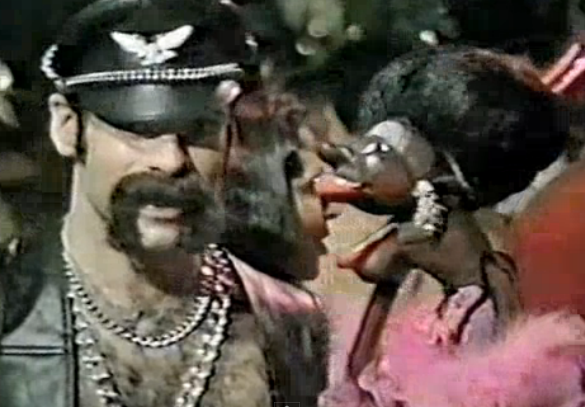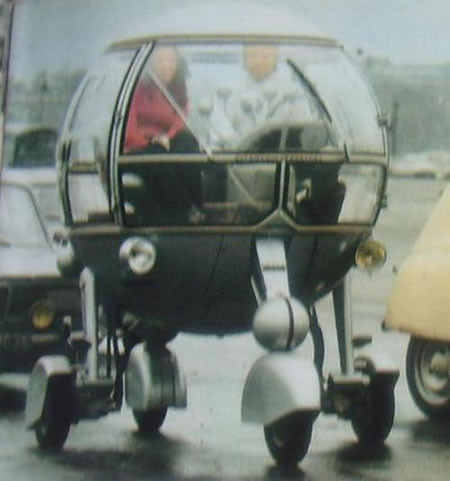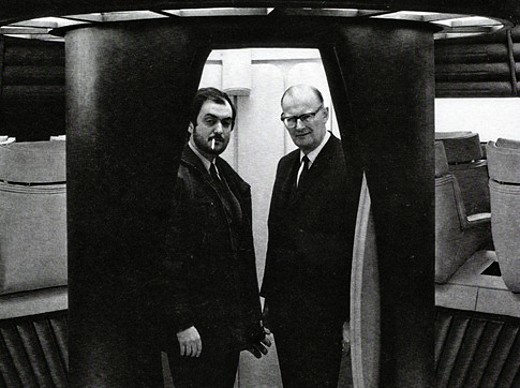
In video-game parlance, members of the Heaven’s Gate cult who committed suicide 17 years ago, hoping in their collective delusion that their well-calibrated deaths would enable them to hitch a ride on Hale-Bopp’s tail, weren’t choosing “Game Over” but trying to get to the “Next Level.” The gaming lingo is particularly apt because those shrouded, Nike-wearing true believers earned a living (until their dying) in the nascent field of website design. From Claire Evans at Vice:
“On March 26th, 1997, 39 people in matching black sweatsuits and Nike sneakers were found dead in a rented mansion in a San Diego suburb. They were members of a religious group called Heaven’s Gate, and they had committed suicide, cleanly and methodically, by ingesting large doses of phenobarbital and vodka. In each of their pockets, authorities found a five-dollar bill and three quarters—interplanetary toll fare.
Their motive was to hitch a ride to the ‘Next Level’ on a heavenly spacecraft hidden behind the rapidly-approaching Hale-Bopp Comet. They didn’t believe they were committing suicide. Instead, they were abandoning fallible physical ‘vehicles’ in order to progress to the ‘Next Level’ above human, a commitment they’d honed while living in isolated compounds in Salt Lake City, Denver, and the Dallas Forth-Worth area, before moving to their final resting place in Southern California.
Beyond the spectacle of their exit from this world, what’s most interesting about Heaven’s Gate, looking back, is their complicated relationship to technology. While we remember the Nike sneakers, the purple shrouds, and the bunk-beds meticulously lined with bodies, what most people don’t know about these 38 devotees and their leader, Marshall Applewhite (known to them as ‘Bo’ or ‘Do’), is that they paid for their lifestyle by building websites.
Yes, Heaven’s Gate were web designers. The group ran a firm called Higher Source, and counted the San Diego Polo Club, a local topiary company, and a Christian music store among their clients. In the heady early days of the World Wide Web, this crew of androgynous roommates in matching close-cropped haircuts and baggy, modest clothes practiced what they called ‘Higher Source-computer programming’ in Java, Visual Basic, SQL, and C++.”
________________________
“You’re only chance to evacuate is to leave with us”:


